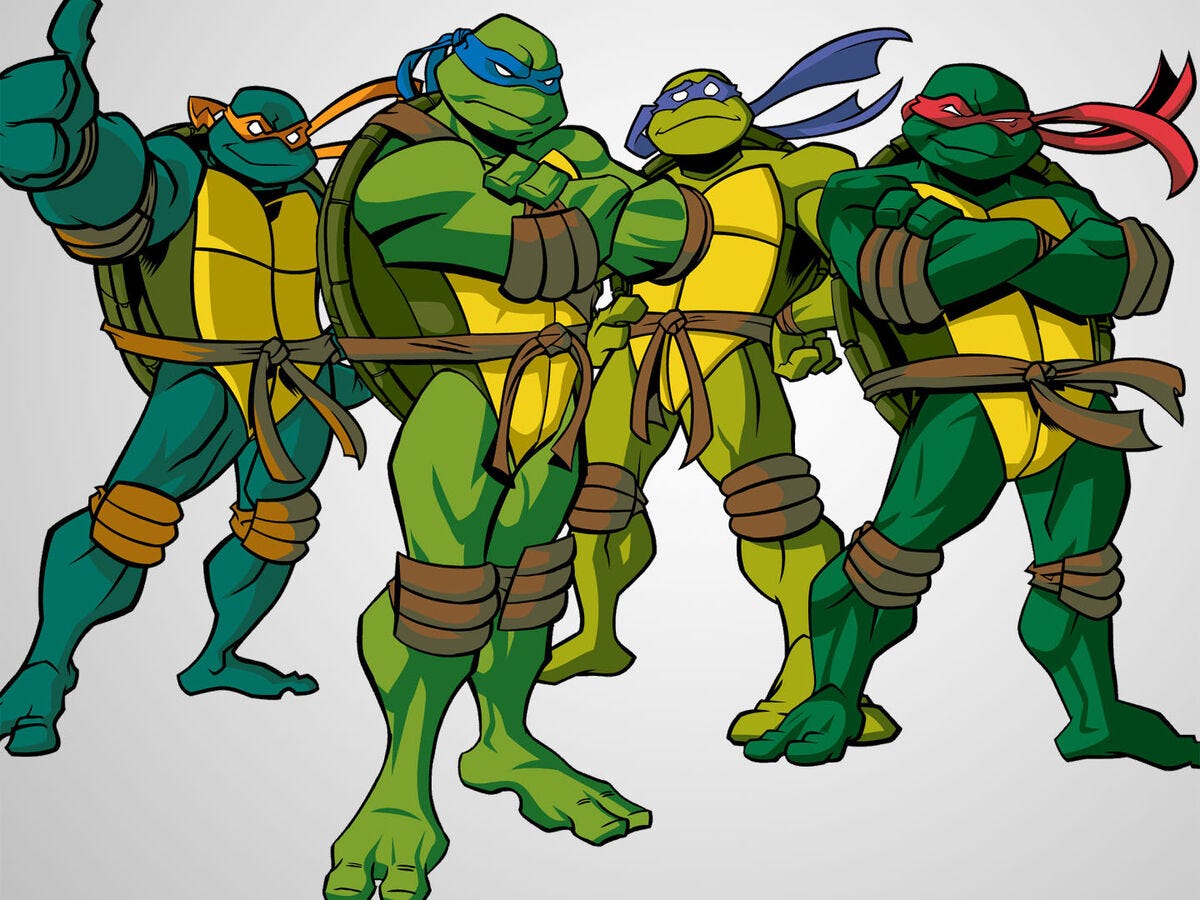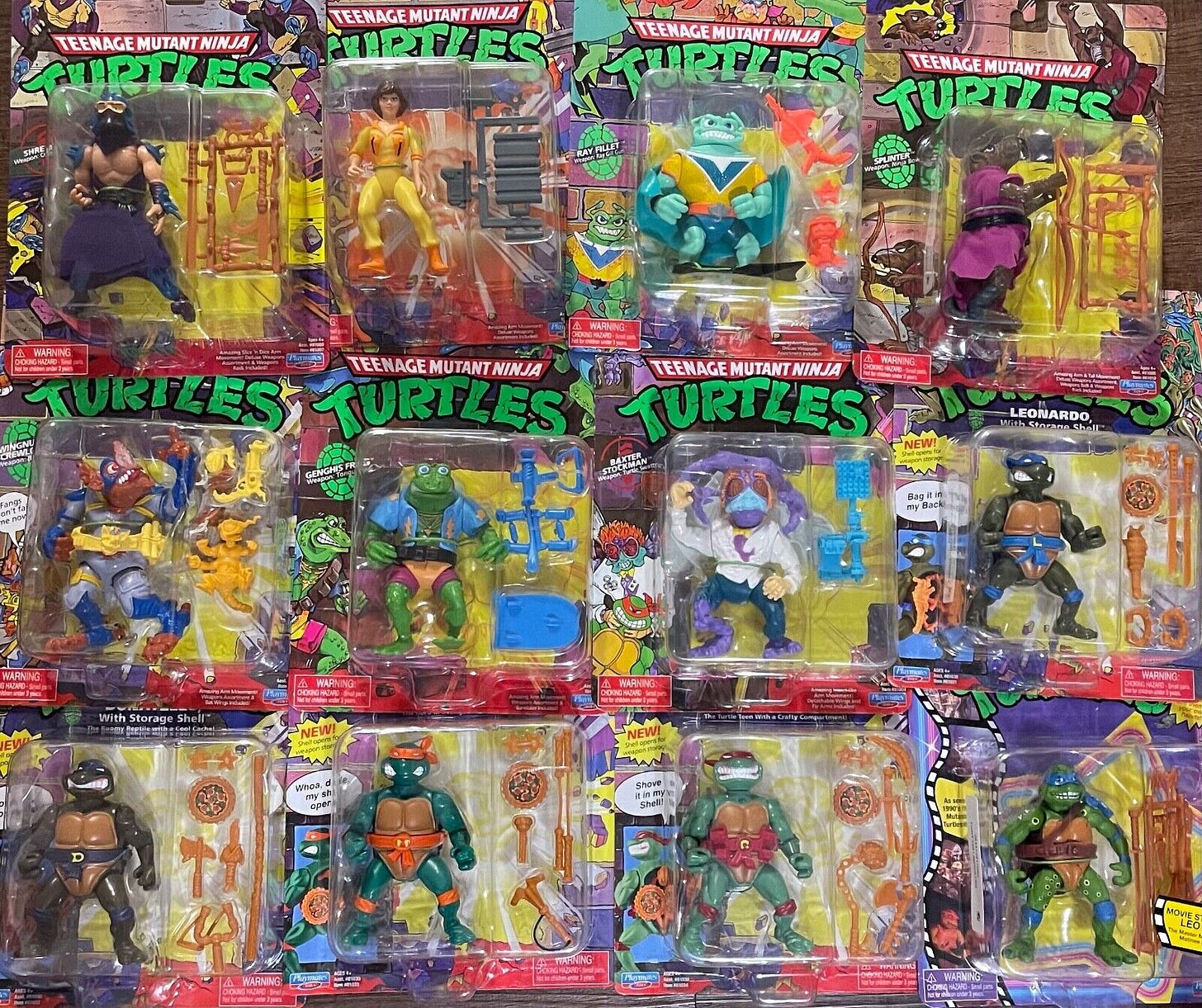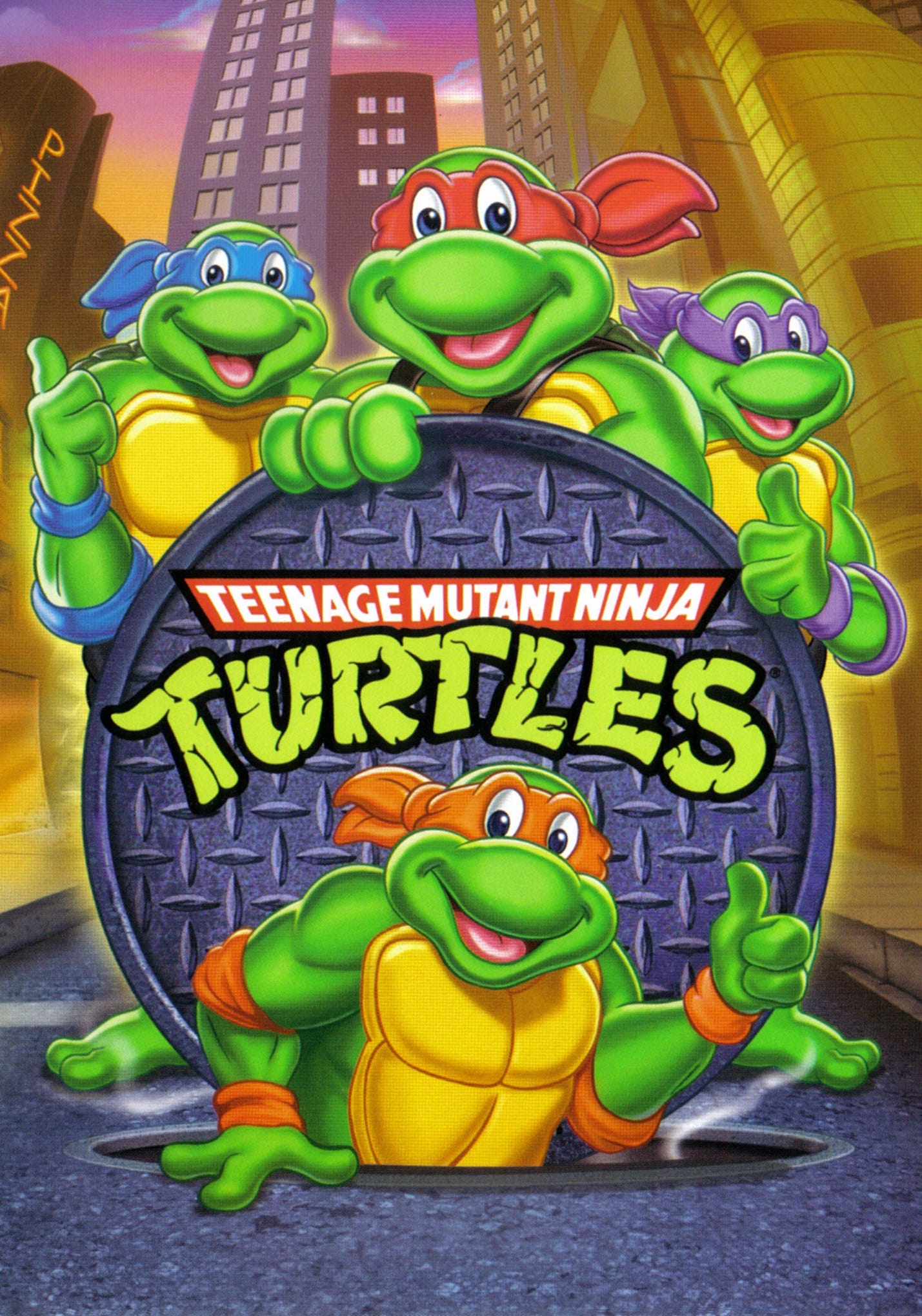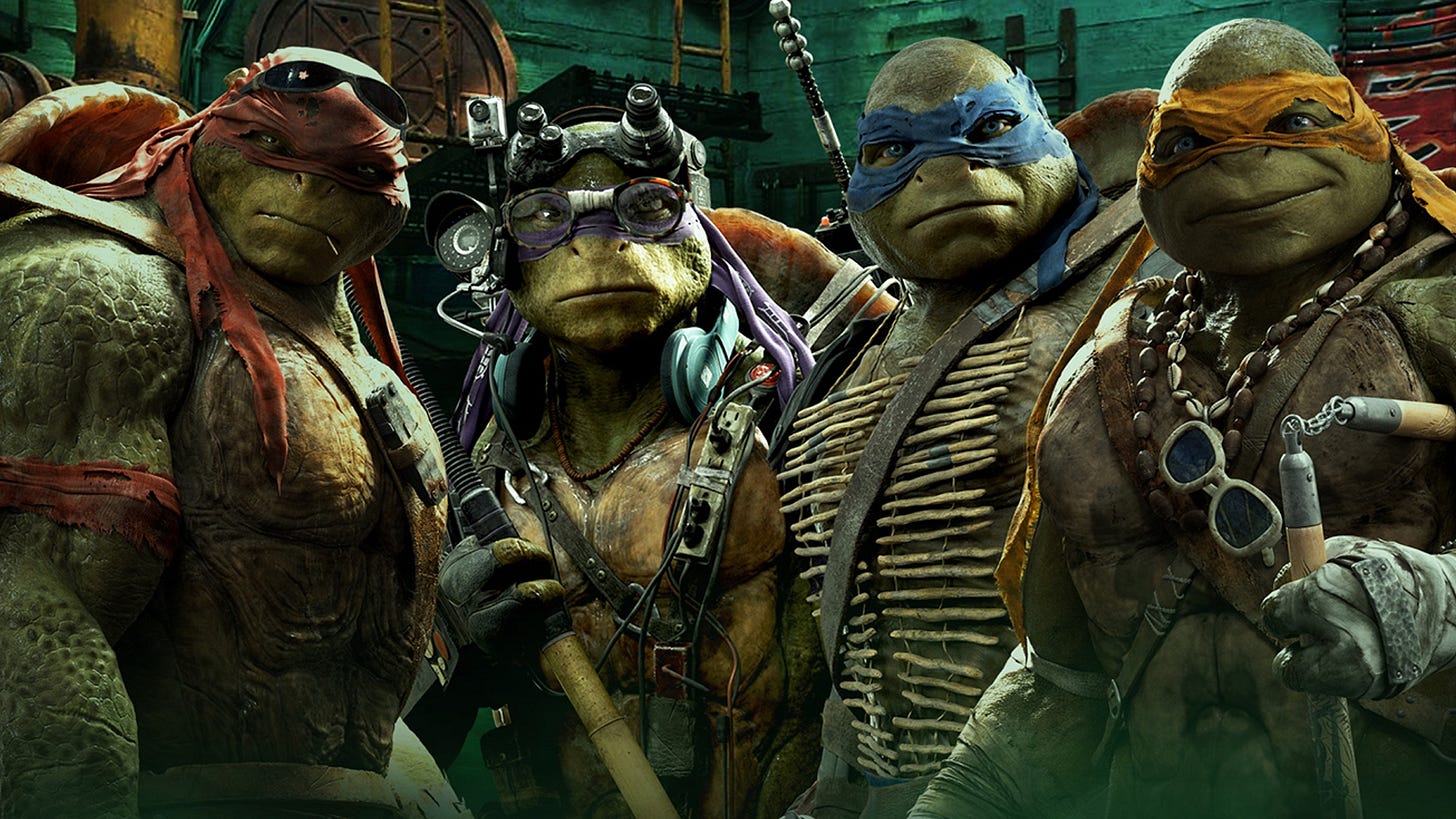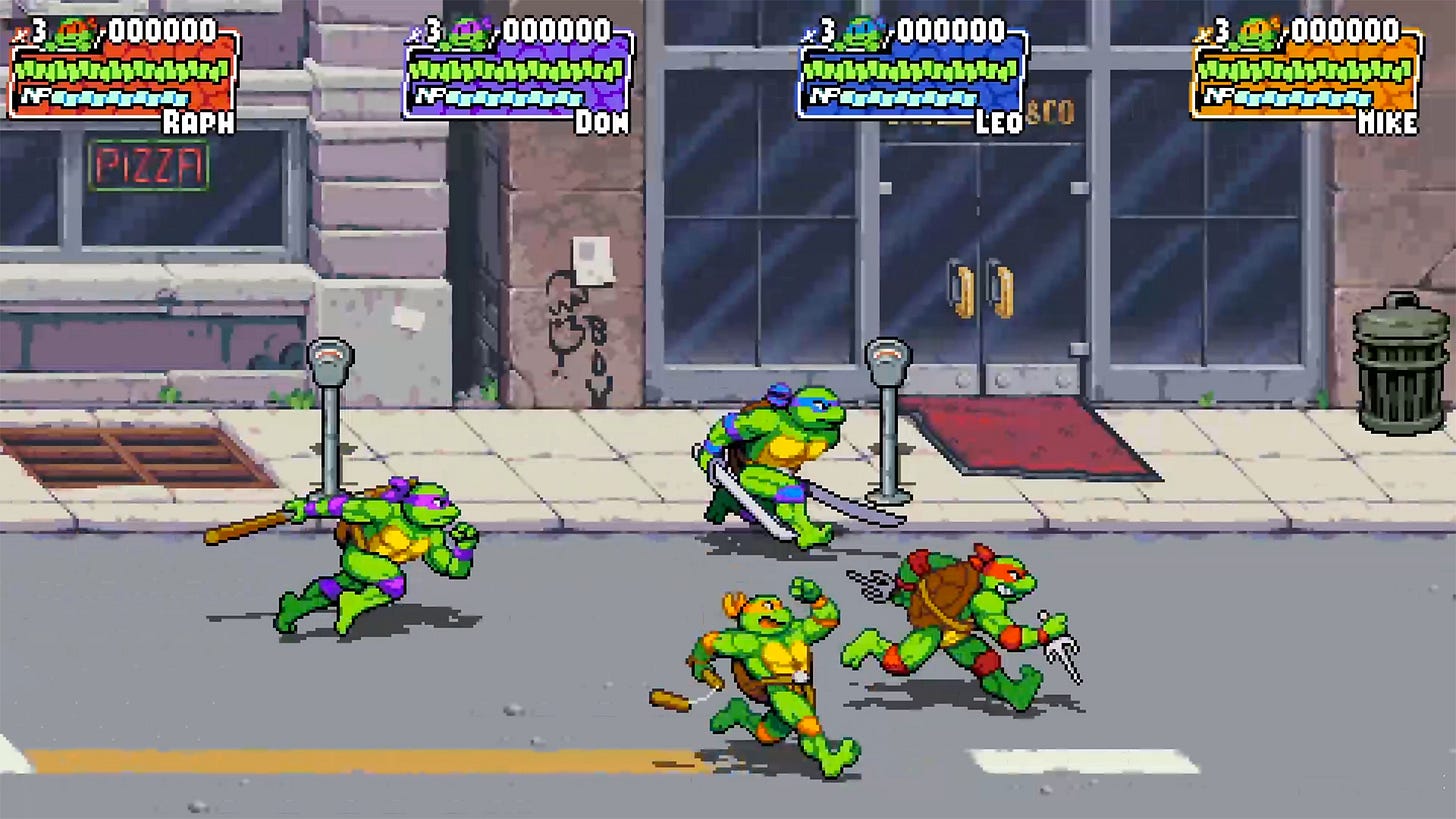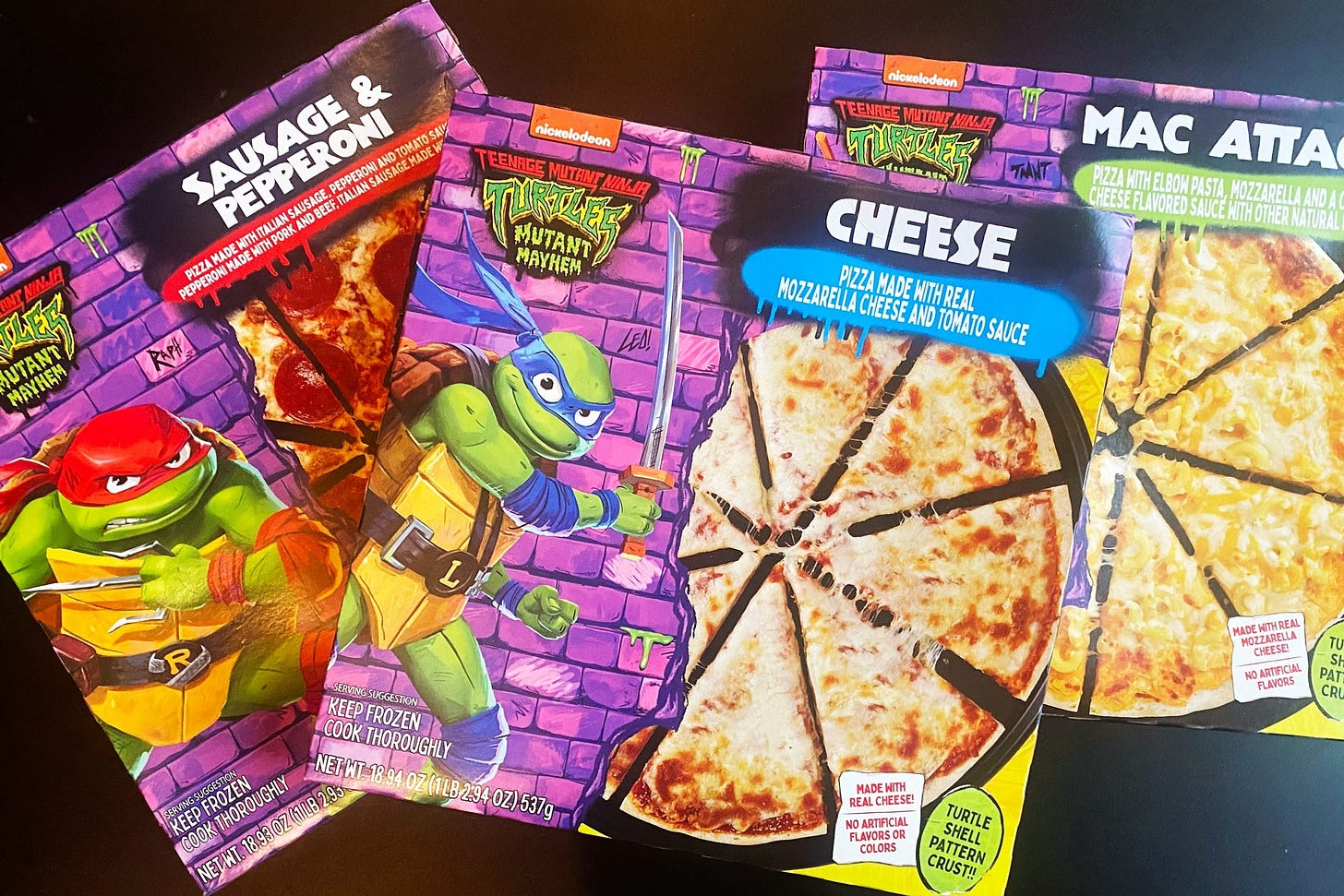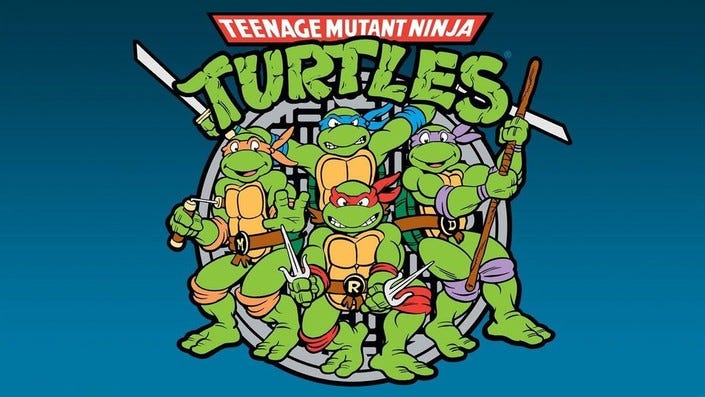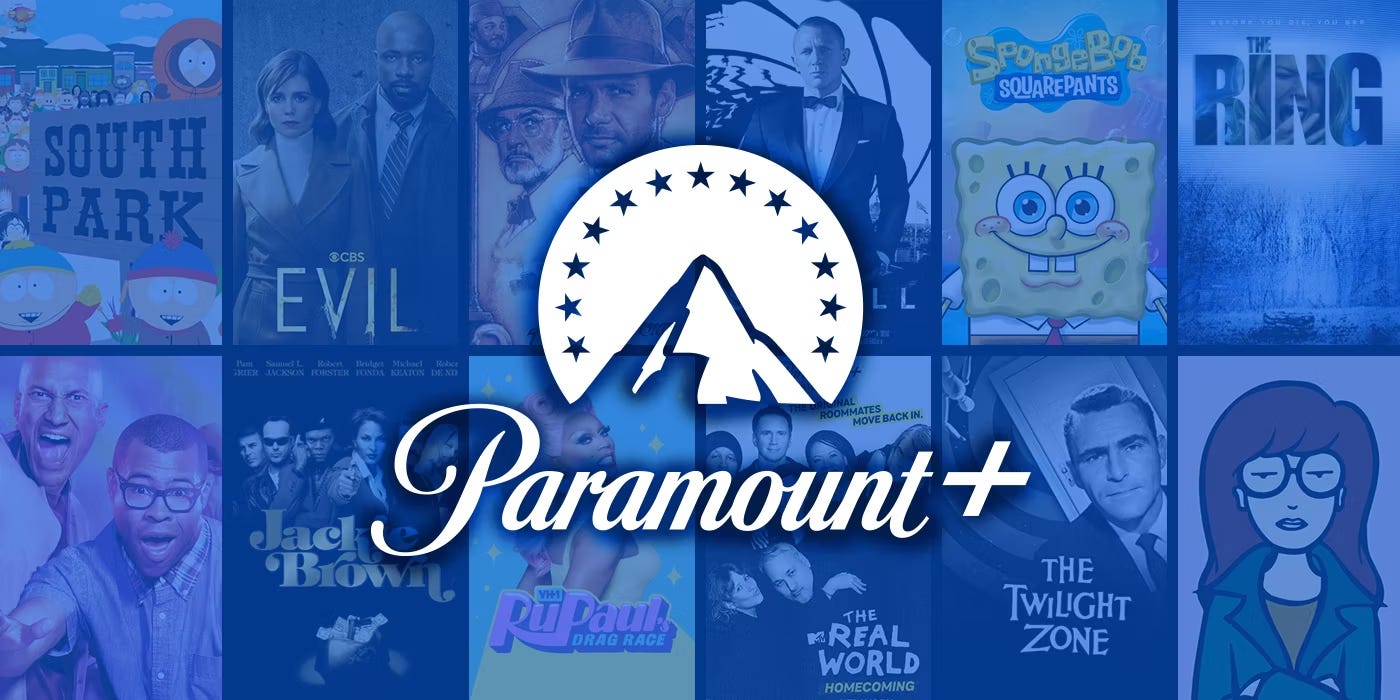Teenage Mutant Ninja Turtles: A Cultural Phenomenon
Published by Mirage Studios, the first issue was self-funded with a tax refund and a loan from Eastman's uncle.
The Teenage Mutant Ninja Turtles (TMNT) began as a humble comic book series created by Kevin Eastman and Peter Laird in 1984. The original comic was intended as a parody of popular trends in comics at the time, such as mutants (X-Men), ninjas (Daredevil), and teenagers (Teen Titans).
Published by Mirage Studios, the first issue was self-funded with a tax refund and a loan from Eastman's uncle. Despite the modest beginnings, the comic book was an instant success, selling out its initial print run and setting the stage for the TMNT to become a cultural juggernaut.
Merchandise
The success of the comic book series led to an explosion of merchandise. In 1987, Playmates Toys launched a line of action figures that became a massive hit, with kids across the globe clamoring to collect all their favorite characters.
The action figures were accompanied by a wide range of other products, including clothing, lunchboxes, bedding, and more. The TMNT brand became synonymous with the late '80s and early '90s, generating billions of dollars in revenue.
Cartoons
A major factor in the TMNT's widespread appeal was the 1987 animated television series. Developed as a means to promote the toy line, the cartoon introduced the turtles to a broader audience and solidified their personalities and catchphrases in the public consciousness.
The series ran for ten seasons and was known for its colorful animation, humor, and memorable theme song. It helped establish TMNT as a household name and paved the way for future adaptations.
Impact on Culture
The TMNT phenomenon had a significant impact on pop culture. The turtles' unique blend of humor, action, and relatable teenage angst resonated with audiences, leading to a wave of "turtle mania." The characters became icons of the era, influencing fashion, slang, and entertainment.
They were featured in comic strips, books, and even a live-action stage show. The turtles' love of pizza also had a noticeable cultural impact, cementing pizza as the quintessential teenage food.
Movies
The success of the cartoon series led to the production of several feature films. The first live-action movie, released in 1990, was a box office hit and is still regarded as a classic by fans.
It was followed by two sequels in 1991 and 1993, an animated film in 2007, and a rebooted live-action series produced by Michael Bay starting in 2014. These movies expanded the TMNT universe and introduced the characters to new generations of fans.
Video Games
TMNT also made a significant impact on the video game industry. Starting with the release of the first arcade game in 1989, the turtles became a staple of gaming. Titles such as "TMNT: Turtles in Time" and the various beat 'em up games for consoles were immensely popular and are still fondly remembered by gamers.
The franchise continues to release new video games, adapting to changing technology and gaming trends.
Christmas Sales
The holiday season has always been a lucrative time for TMNT merchandise. Throughout the late '80s and '90s, TMNT toys were among the hottest items on Christmas wish lists.
The brand's enduring popularity has ensured that new generations of products continue to be in demand during the holiday shopping season, making TMNT a perennial favorite.
Impact on Pizza Sales
The turtles' love for pizza, often depicted in the cartoon and movies, had a tangible impact on pizza sales. Pizzerias capitalized on the turtles' popularity, creating TMNT-themed promotions and products. Some chains even reported increased sales, attributing the boost to the turtles' influence.
This phenomenon underscored the turtles' ability to shape consumer behavior and preferences.
Societal Changes
The TMNT brand has had a lasting impact on society beyond just entertainment and merchandise. It has influenced generations of children, encouraging interest in martial arts, comic books, and creative storytelling.
The turtles' message of teamwork, friendship, and standing up for what's right resonated with audiences, inspiring positive values and behaviors. Additionally, the franchise's success demonstrated the power of independent creators to make a significant mark on popular culture.
Conclusion
The Teenage Mutant Ninja Turtles have left an indelible mark on pop culture since their creation in 1984. From their origins as a self-published comic book to becoming a global phenomenon, the turtles have entertained and inspired millions.
Their influence can be seen in everything from merchandise and cartoons to movies, video games, and even pizza sales. As the TMNT continue to evolve and adapt, their legacy as cultural icons remains secure, proving that these heroes in a half shell are here to stay.
If you have a GEN X news tip, press release, fabulous feature, podcast guest suggestion or other content concepts, please email thecontentcreationstudios(AT)gmail(DOT)com
STREAM PARAMOUNT + TODAY




